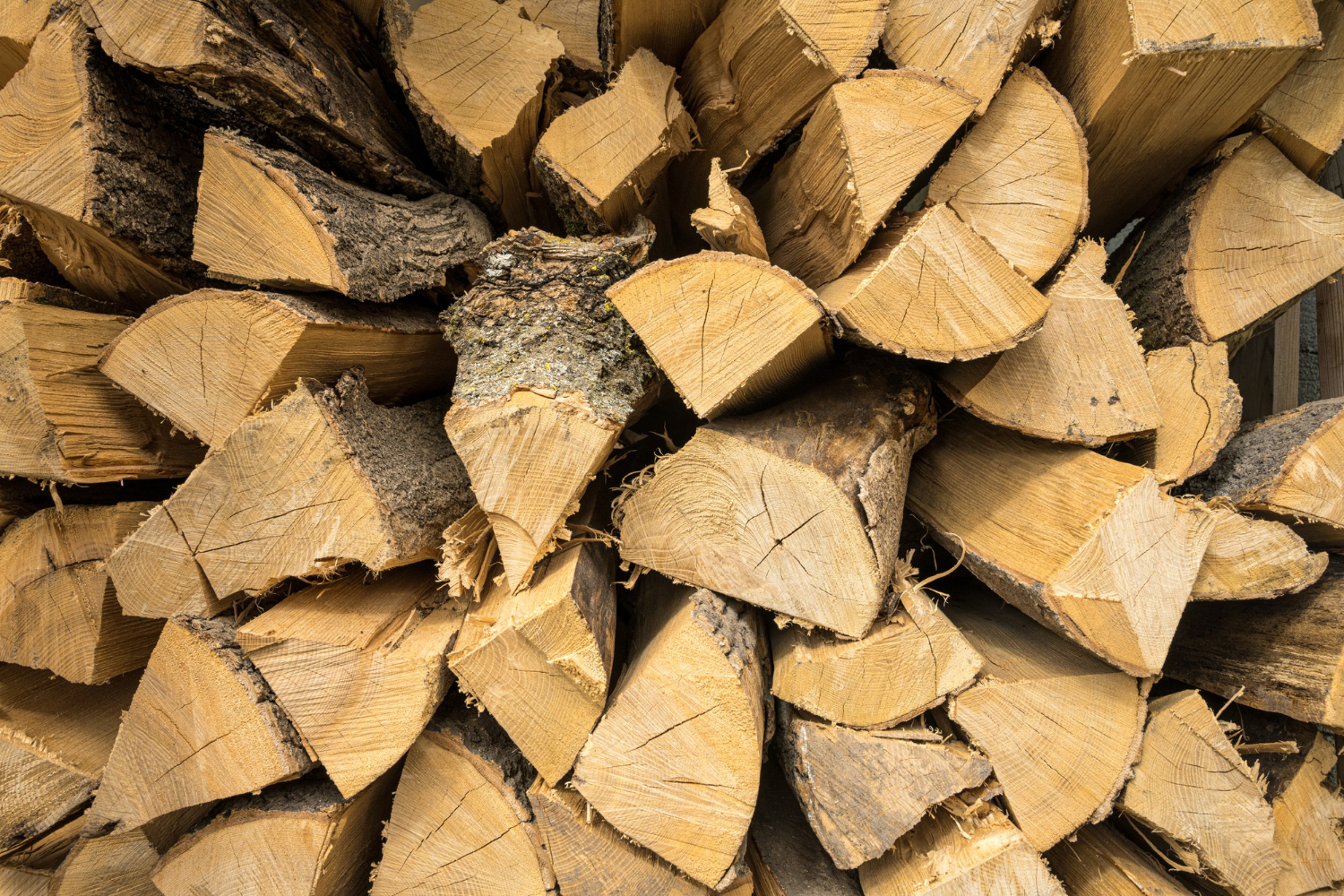Whether they cook entirely with wood or in hybrid cookers that heat with gas while also using wood for smoke, America’s barbecue experts are unanimous in their belief that wood is essential. It is necessary because there is no smoke without it, and without smoke, there is only oven-roasted meat.
When it comes to selecting their wood, barbecue cooks consider how it burns and the flavors that it imparts to the meat. However, even though the taste of smoke is crucial to barbecue, there is a notion of “having too much of a good thing.”
Using wood to cook your meat on the barbeque imparts a rich and smoky taste to the core. It doesn’t matter what kind of tree is used; the most important thing is to have a consistent supply. Oakwood is suitable for cooking games, such as elk or deer, and fish and red meat. The term “live oak” refers to oak trees looking similar to evergreen trees.
Is Post Oak Good for BBQ?
There are many different types of solid woods. Each burns differently (avoid softwoods like pine or redwood for cooking since they contain high sap levels, making for an intense, fast burn). Identifying how quickly or slowly a wood burns can be critical in determining the best wood for smoking brisket, for example, which requires a significantly longer cooking time than a more delicate protein such as fish.
Post oak, a type of white oak found only in central Texas, is the wood that defines central Texas BBQ. One of the numerous applications for white oak is the manufacturing of whisky barrels. If you use white oak or post oak for barbecue, you’ll notice that the smoke imparts a somewhat sweet, vanilla-tinged flavor to the meat that is reminiscent of a Kentucky bourbon whiskey.
There’s a reason pitmasters are frequently asked what kind of wood they use in their operations. The answer they provide provides hints as to their philosophy on the barbeque and how they prepare it. For example, pitmasters use oak to prefer a lighter, sweeter smoke taste to suit their cooking. Therefore, they will most likely cook for a longer time, perhaps 14 to 18 hours for brisket.
Is Post Oak the Same as Live Oak?
Post oak, sometimes known as iron oak, is a tree native to the eastern United States. It is often referred to as iron oak. Its ability to thrive in arid environments. It has a shorter stature than other oaks because oak’s resistance to decay is utilized for various applications, including railroad ties, siding, planks, and more.
Live oak is a native to the Southeastern United States. It is also referred to as the “Southern live oak.” Live oaks are not real evergreens, as is the case with pine trees. The reason for this is that it sheds its leaves before new leaves appear in the spring. Although live oaks are employed in the construction of ships, their primary function is to provide food and refuge for wild animals.
Does Post Oak Burn Well?
The barbecue enthusiast needs to stay with what works when it comes to burning wood. Oak, in any of its types: post, red, or white—has a unique blend of advantages that can help you achieve your goals. While post oak’s flavor in Texas barbecue has been tried and true over the years, it is also readily available at an affordable price, and many sources can offer it with a specified moisture level.
Post Oak wood chips pair nicely with virtually any protein or vegetable with the appropriate subtle combination of smokey and mild flavors. Moreover, they may be used in place of or in addition to almost any rub or seasoning. Thus, they are frequently employed in the preparation of brisket, ribs, and lamb.
In an ideal situation, the pitmaster would obtain wood that has been “aged” or “dried” to the point where the moisture level is approximately 20 percent. Dried wood will burn furiously and effectively, emitting clean or “blue” smoke with the most pleasant flavor and is the most pleasing to the eye.
Can You Use Live Oak for Smoking?
When cooking with live oak, use trees that are less than a century old. Choose trees that are two years old or younger since the wood has a light and fresh flavor while still young. Cut the tree down to the ground at its base and let the wood out for at least five months to cure.
After five months, you can cut the tree into smaller sections. Allowing the wood to sit out will enable it to dry out and heal, making it safer to use in the kitchen when it is ready. Next, prepare the wood by cutting it into small enough pieces to fit into your smoker or BBQ.
Avoid utilizing parts that are too lengthy or too large. For example, if you’re using a large grill, you might want to investigate combining wood and coals. First, light the grill by arranging the coals on the bottom of the grill and burning them.
Once the coals have begun to turn white, continue to put your live oak pieces on top of them. The heat and flames emitted by the coals reach the oak pieces, charring the wood and causing it to spread throughout the structure. Alternatively, soak the oak in water overnight and set the damp wood on the embers to cook for a more extended period.
If the oak is still moist or fresh, it should not be used for BBQ cooking purposes. Check the inside of the wood for a green tinge, which indicates that it has been treated. The presence of a green tint suggests that the wood is too young to be used for cooking. The oak takes longer to break down on the coals, which increases the amount of time you spend cooking in total. Use only wood that has been adequately cured.

